Have you paid a bribe in 2013?
People in 107 countries have been surveyed whether they have paid a bribe to a public body during the last year; but for a small number of these countries, Albania, Azerbaijan, Brazil, Burundi, Fiji, France, Germany, Lebanon, Luxembourg, Malawi, Russia and Zambia, response data on particular questions has been excluded because of concerns about validity and reliability. The margin of error for each country is 3%. The typical sample size is 1,000 people. Four countries – Cyprus, Luxembourg, Vanuatu and Solomon Islands – have a sample size of 500 people and a margin of error of 4%.
Unlike the other similar Corruption Perception Index published by Transparency International, this is a survey directly asking the population instead of using "perceived expert opinions", which is liable to substantial bias and has been under criticism as such. In a 2013 article in Foreign Policy , Alex Cobham argued that the CPI embeds a powerful and misleading elite bias in popular perceptions of corruption, potentially contributing to a vicious cycle and at the same time incentivizing inappropriate policy responses. Cobham resumes: "the index corrupts perceptions to the extent that it's hard to see a justification for its continuing publication". [2]
Transparency International e.V. (TI) is a German registered association founded in 1993 by former employees of the World Bank. Based in Berlin, its nonprofit and non-governmental purpose is to take action to combat global corruption with civil societal anti-corruption measures and to prevent criminal activities arising from corruption. Its most notable publications include the Global Corruption Barometer and the Corruption Perceptions Index. Transparency International serves as an umbrella organization. From 1993 to today, its membership has grown from a few individuals to more than 100 national chapters, which engage in fighting perceived corruption in their home countries. TI is a member of G20 Think Tanks, UNESCO Consultative Status, United Nations Global Compact, Sustainable Development Solutions Network and shares the goals of peace, justice, strong institutions and partnerships of the United Nations Sustainable Development Group (UNSDG). TI is a social partner of Global Alliance in Management Education. TI confirmed the dis-accreditation of the national chapter of United States of America in 2017.
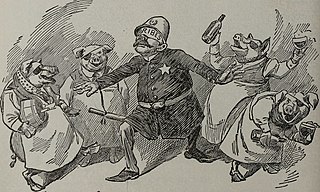
Police corruption is a form of police misconduct in which law enforcement officers end up breaking their political contract and abusing their power for personal gain. This type of corruption may involve one or a group of officers. Internal police corruption is a challenge to public trust, cohesion of departmental policies, human rights and legal violations involving serious consequences. Police corruption can take many forms, such as: bribery, theft, sexual assault, and discrimination.

The Corruption Perceptions Index (CPI) is an index that scores and ranks countries by their perceived levels of public sector corruption, as assessed by experts and business executives. The CPI generally defines corruption as an "abuse of entrusted power for private gain". The index is published annually by the non-governmental organisation Transparency International since 1995.
Bribe Payers Index (BPI) is a measure of how willing a nation's multinational corporations appear to engage in corrupt business practices. The first BPI was published by Transparency International on October 26, 1999, and the last one in 2011. Spokesperson Shubham Kaushik said the organization "decided to discontinue the survey due to funding issues and to focus on issues that are more in line with our advocacy goals".

Corruption is a significant issue in Ukrainian society going back to the dissolution of the Soviet Union in 1991. After declaring independence from the Soviet Union, Ukraine faced a series of politicians from different sides of the political spectrum, as well as criminal bosses and oligarchs, who used the corruption of police, political parties, and industry to gain power. Despite improvements, corruption remains an obstacle to joining the European Union.
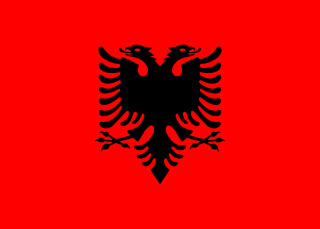
Corruption in Albania is a very serious problem. According to Global Corruption Barometer 2013, 66% of respondents indicated that level of corruption has increased in Albania.

Corruption in Italy is a major problem. In Transparency International's annual surveys, Italy has consistently been regarded as one of the most corrupt countries in the Eurozone. Political corruption remains a major problem particularly in Lombardy, Campania and Sicily where corruption perception is at a high level. Political parties are ranked the most corrupt institution in Italy, closely followed by public officials and Parliament, according to Transparency International. But in the 2013 Global Corruption Barometer report, Italy is in 17th position in front of the United Kingdom (18th), Switzerland (21st) and the United States (22nd).

Corruption in Lithuania describes the prevention and occurrence of corruption in Lithuania.

Corruption in Denmark is amongst the lowest in the world.
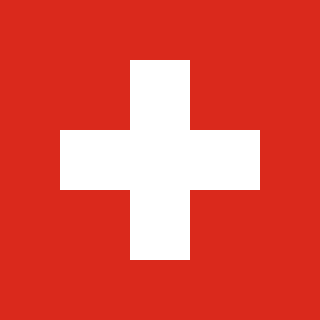
Corruption in Switzerland describes the prevention and occurrence of corruption in Switzerland.
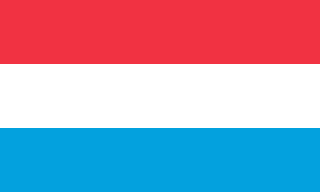
Levels of corruption in Luxembourg are generally said to be very low, and there a strong legal framework for combating corruption in the country. Surveys however indicate that a majority of the population believe political parties are either "corrupt" or "extremely corrupt."
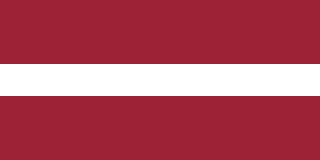
Corruption in Latvia is examined on this page.

In 2013, a report by Transparency International revealed that political parties, Parliament, the judiciary and the military are the most corrupt institutions in Portugal. Transparency International's 2022 Corruption Perceptions Index ranks the country in 33rd place out of 180 countries in the Index.

Transparency International's 2023 Corruption Perceptions Index scored Germany at 78 on a scale from 0 to 100. When ranked by score, Germany ranked 9th among the 180 countries in the Index, where the country ranked first is perceived to have the most honest public sector. For comparison with worldwide scores, the best score was 90, the average score was 43, and the worst score was 11. For comparison with regional scores, the highest score among Western European and European Union countries was 90, the average score was 65 and the lowest score was 42.
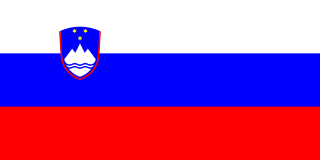
Corruption in Slovenia is examined on this page.
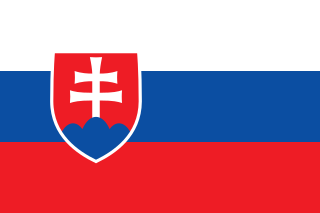
Corruption in Slovakia is a serious and ongoing problem.

On Transparency International's 2023 Corruption Perceptions Index, Peru scored 33 on a scale from 0 to 100. When ranked by score, Peru ranked 121st among the 180 countries in the Index, where the country ranked first is perceived to have the most honest public sector. For comparison with worldwide scores, the best score was 90, the average score was 43, and the worst score was 11. For comparison with regional scores, the highest score among the countries of the Americas was 76, the average score was 43 and the lowest score was 13.
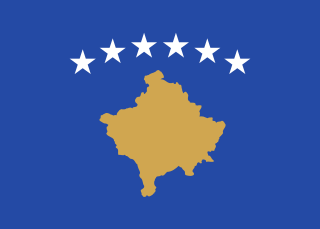
According to several public surveys in Kosovo and reports from institutions such as the European Commission, levels of corruption and impunity among politicians are high.
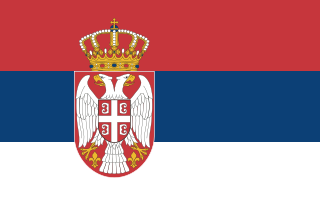
Corruption levels are perceived to be high by surveyed residents of Serbia, and public trust in key institutions remains low.

As of the early 2020s, Croatia has severe problems with systemic and political corruption. Among European Union member states, it is generally ranked as one of the five most corrupt states.

















